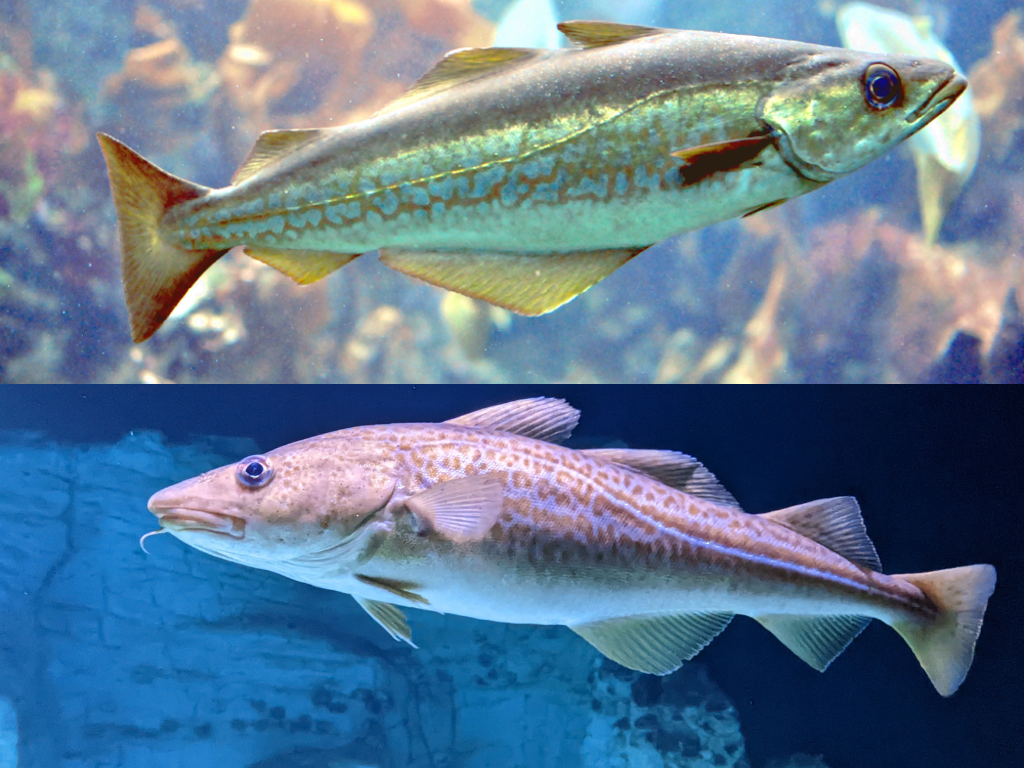
At first glance, pollock and cod can seem nearly indistinguishable. Both are elongated whitefish species with grayish-green coloring and mild, flaky flesh. It’s no wonder they are so often confused for one another, especially in the context of seafood dishes.
However, a closer examination reveals that pollock (Gadus chalcogrammus) and cod (Gadus morhua) are distinct fish with important differences in their taxonomy, habitats, physical characteristics, and culinary applications. Understanding these nuances is crucial for seafood consumers, chefs, and fisheries managers alike.
Separate Species
The most fundamental distinction is that pollock and cod are separate species within the larger Gadidae fish family. While closely related, they evolved to fill different ecological niches, resulting in divergent traits and behaviors.
Geographic Distribution
One of the key differences is their geographic distribution. Pollock inhabit the colder waters of the North Pacific, ranging from the Sea of Okhotsk to the Bering Sea and down the Pacific coast of North America. In contrast, cod thrive in the North Atlantic, populating the seas off both the European and North American coasts.
Physical Differences
This geographic separation has contributed to physical differences between the two species. Pollock tend to have a slimmer, more streamlined body shape compared to the stouter, rounder build of cod. Pollock also display a distinctive dark lateral line running along their sides – a feature not found on cod.
Culinary Properties
These morphological distinctions translate to differences in the culinary properties of each fish. Pollock has a milder, less “fishy” flavor profile than cod. The flesh of pollock is also more delicate and flaky in texture. Cod, meanwhile, has a richer, more pronounced seafood taste and a firmer, chewier mouthfeel.
These nuanced flavor and textural differences make pollock and cod suited for somewhat different culinary applications. Processors commonly use pollock to make products like fish sticks, fish sandwiches, and imitation crab meat. Cod, on the other hand, is prized for its versatility in cooking methods ranging from baking and broiling to frying.
Conclusion
Ultimately, while pollock and cod may appear similar on the surface, they are distinct fish with unique ecological niches, physical traits, and culinary profiles. Failure to recognize these nuances can lead to confusion and misinformation, both for seafood consumers and the industries that rely on these important whitefish species.
Whether you’re perusing the seafood counter, planning a menu, or managing a fishery, taking the time to understand the differences between pollock and cod is crucial. It’s the key to unlocking the full potential and appreciating the distinct merits of these two closely related – but ultimately separate – members of the Gadidae family.

Seafood Society is dedicated to offering top-notch white fish of superior quality. Our outstanding reputation is a result of our commitment to delivering the freshest seafood in the quickest possible time, while ensuring complete traceability from the moment it is sourced from the boat until it reaches your plate. Through our highly efficient supply chain, we work closely with small wholesalers who directly purchase from fishermen through daily fish auctions. By choosing Seafood Society, you can be assured of the product’s origin and enjoy the advantages of 100% traceability.
Click on the photos to discover our premium cod and pollock fishes


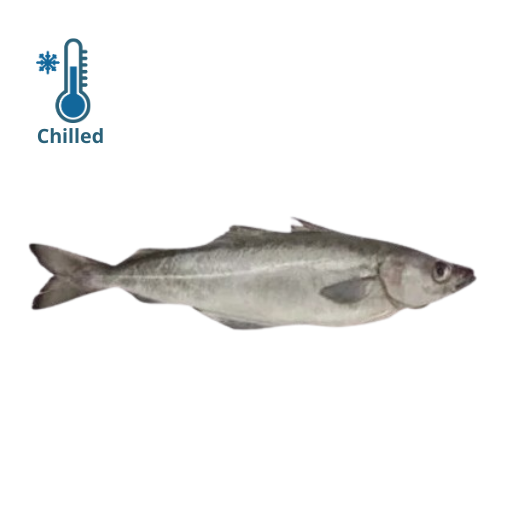
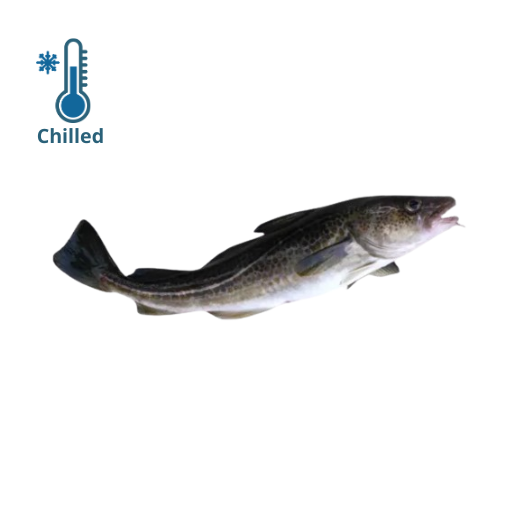
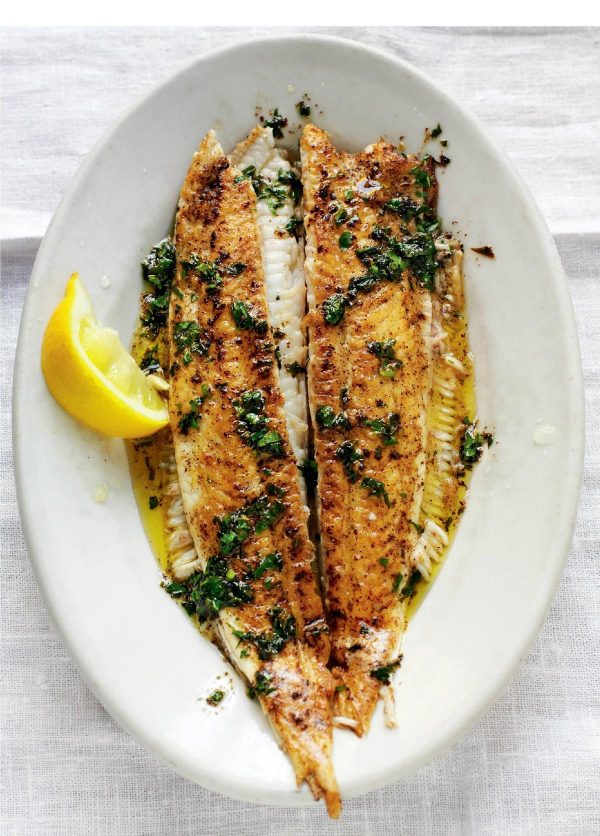
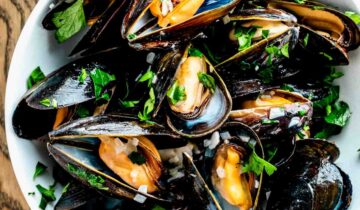

 No products in the cart.
No products in the cart. 
